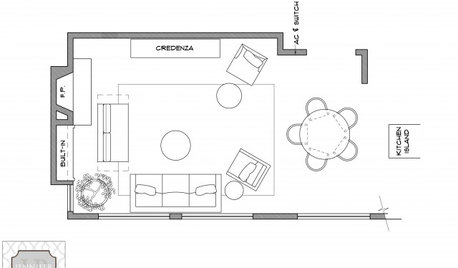How Big a Drywall Patch Before Taping is Needed?
bshanley
11 years ago
Featured Answer
Comments (26)
kudzu9
11 years agoUser
11 years agoRelated Professionals
Fairfax Handyman · Port Charlotte Kitchen & Bathroom Remodelers · Catonsville General Contractors · Jackson General Contractors · Seguin General Contractors · West Lafayette General Contractors · Bothell Painters · Arlington Painters · Aliso Viejo Painters · Carson Painters · Collierville Painters · Indianapolis Painters · Lansdowne Painters · San Marcos Painters · Tampa Paintershomebound
11 years agobrickeyee
11 years agowoodbutcher_ca
11 years agoAdamAbrahamA
11 years agobshanley
11 years agohomebound
11 years agobshanley
11 years agodrywall_diy_guy
11 years agobrickeyee
11 years agokudzu9
11 years agodrywall_diy_guy
11 years agozagut
11 years agoUser
7 years agobshanley
7 years agoUser
7 years agoMcFixit
last yearStax
last yearkudzu9
last yearMcFixit
last yearkudzu9
last yearMcFixit
last yearMcFixit
last year
Related Stories

HOUSEKEEPINGQuick Fix: How to Patch a Drywall Hole
Dents and dings disappear, leaving your walls looking brand new, with this fix that even a novice can do
Full Story
DECORATING GUIDESWhat You Need to Know Before Painting Brick
Sure, painted brick can be a great look. But you need to take some risks into account. Here's how to paint brick like a pro
Full Story
DECORATING GUIDESArranging Furniture? Tape it Out First!
Here's how to use painter's tape to catch any interior space-planning mistakes early
Full Story
MATERIALSRaw Materials Revealed: Drywall Basics
Learn about the different sizes and types of this construction material for walls, plus which kinds work best for which rooms
Full Story
MOST POPULAR10 Things to Ask Your Contractor Before You Start Your Project
Ask these questions before signing with a contractor for better communication and fewer surprises along the way
Full Story
FURNITUREHow to Buy a Quality Sofa That Will Last
Learn about foam versus feathers, seat depth, springs, fabric and more for a couch that will work for years to come
Full Story
REMODELING GUIDESWhat to Know Before You Tear Down That Wall
Great Home Projects: Opening up a room? Learn who to hire, what it’ll cost and how long it will take
Full Story
ORGANIZINGPre-Storage Checklist: 10 Questions to Ask Yourself Before You Store
Wait, stop. Do you really need to keep that item you’re about to put into storage?
Full Story
BEFORE AND AFTERSBefore and After: 19 Dramatic Bathroom Makeovers
See what's possible with these examples of bathroom remodels that wow
Full Story
CONTRACTOR TIPS10 Things to Discuss With Your Contractor Before Work Starts
Have a meeting a week before hammers and shovels fly to make sure everyone’s on the same page
Full Story







Garrett Peterson